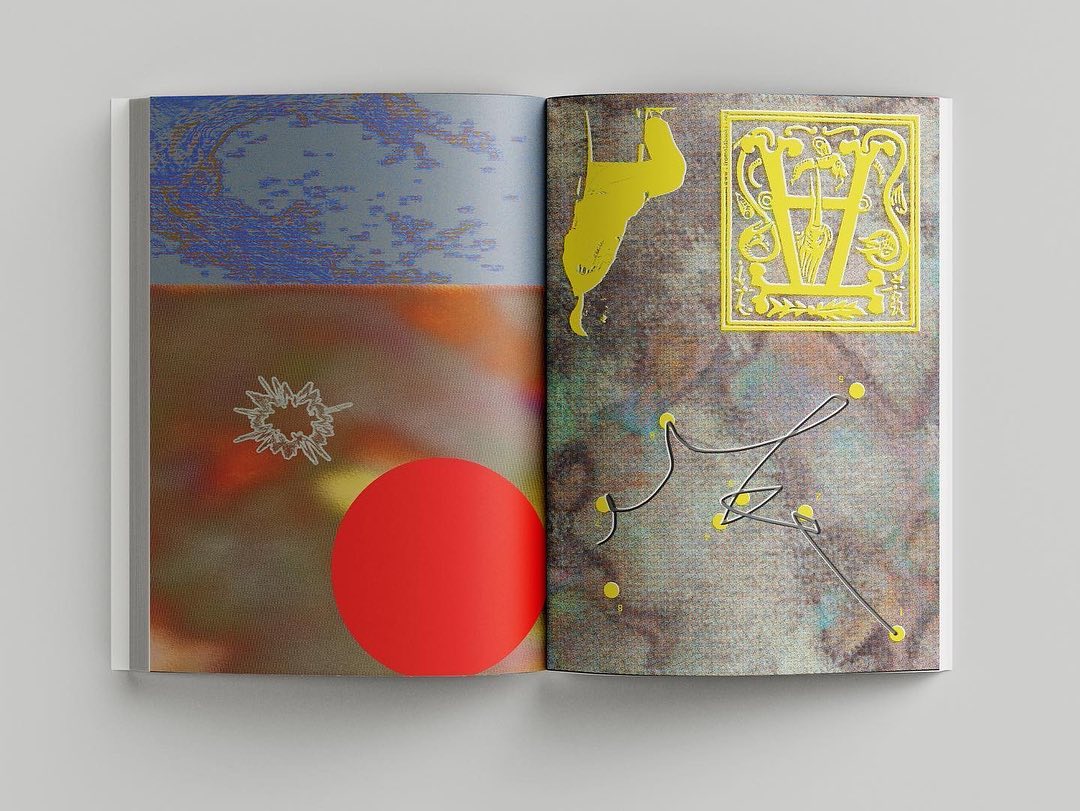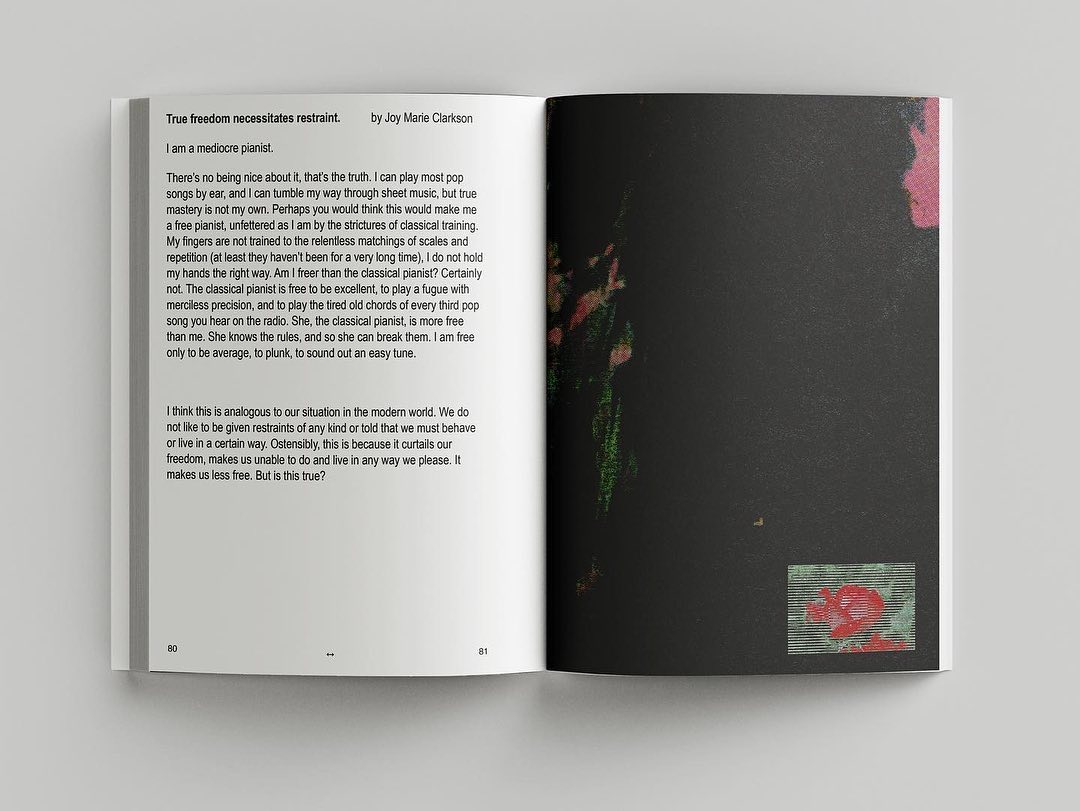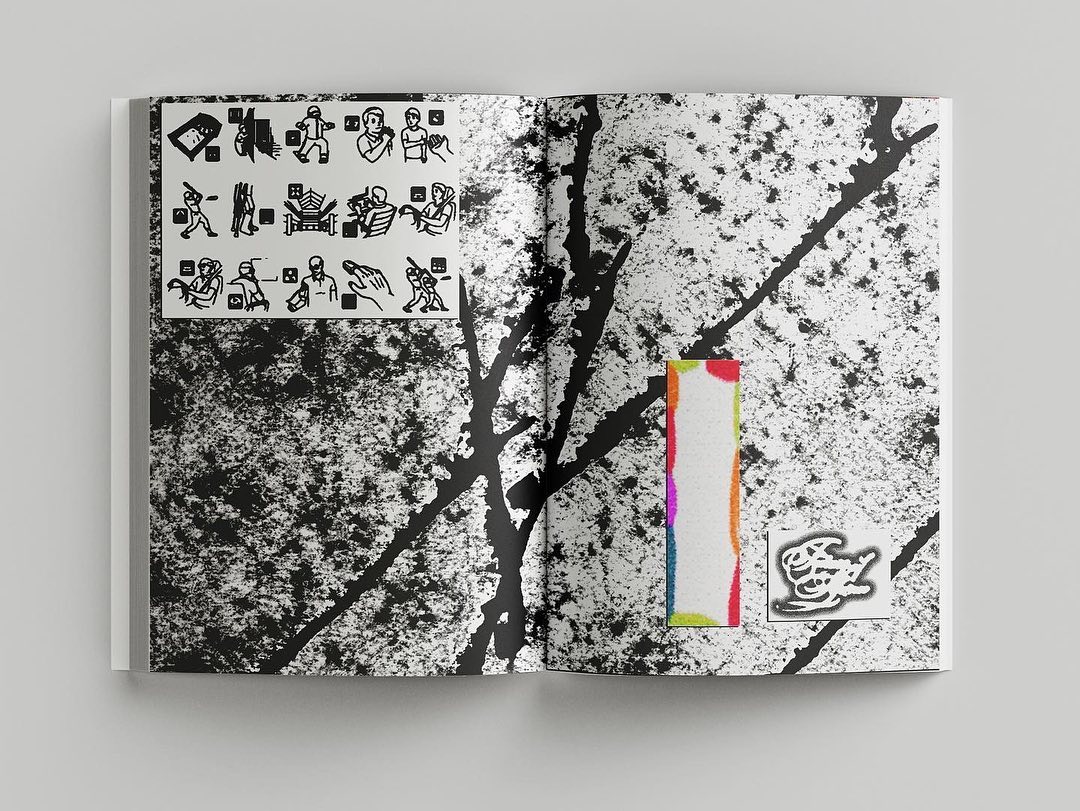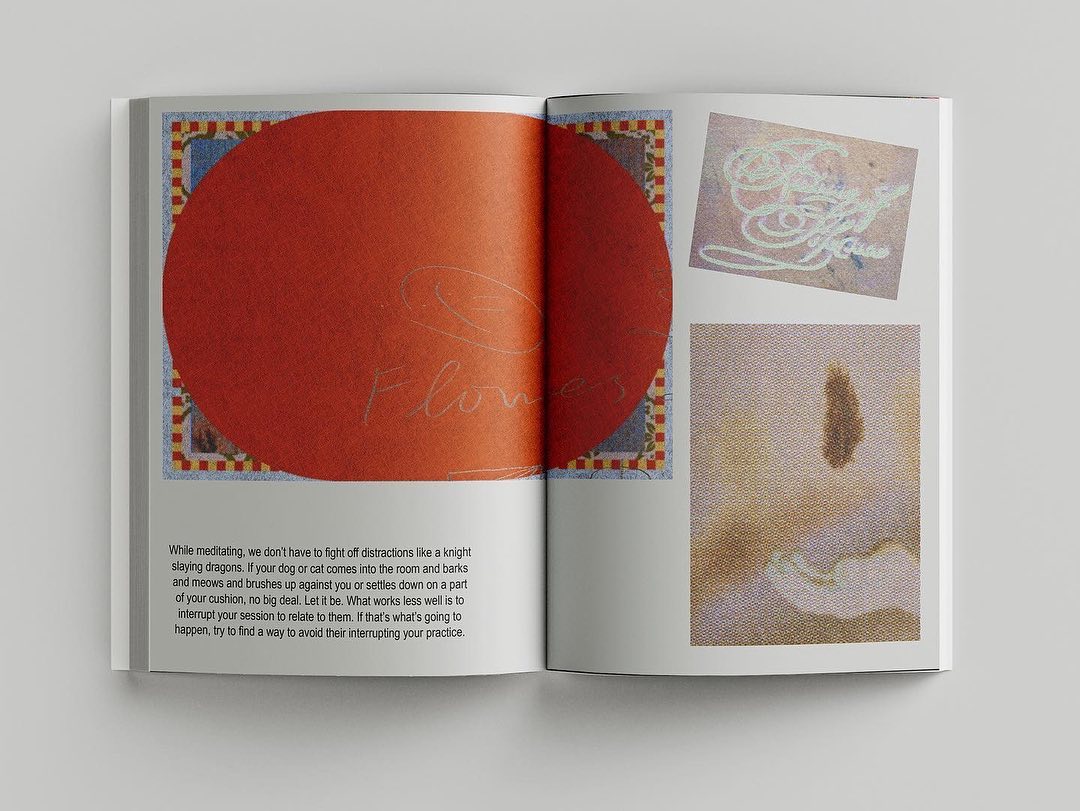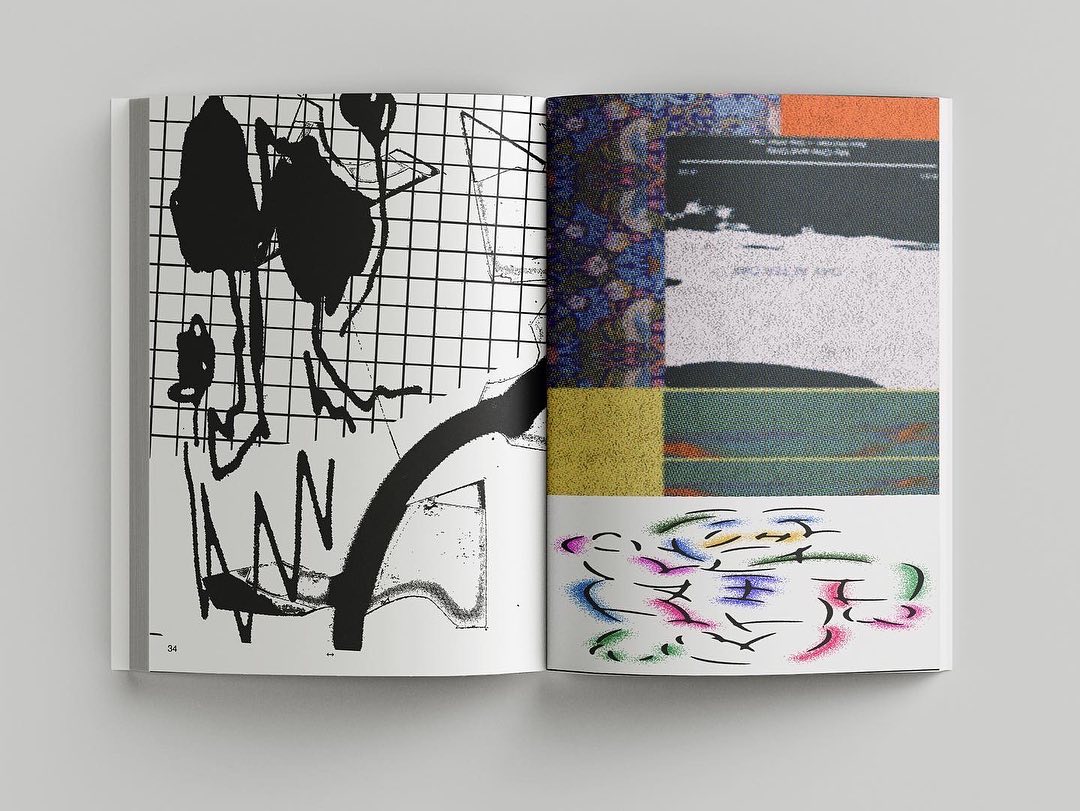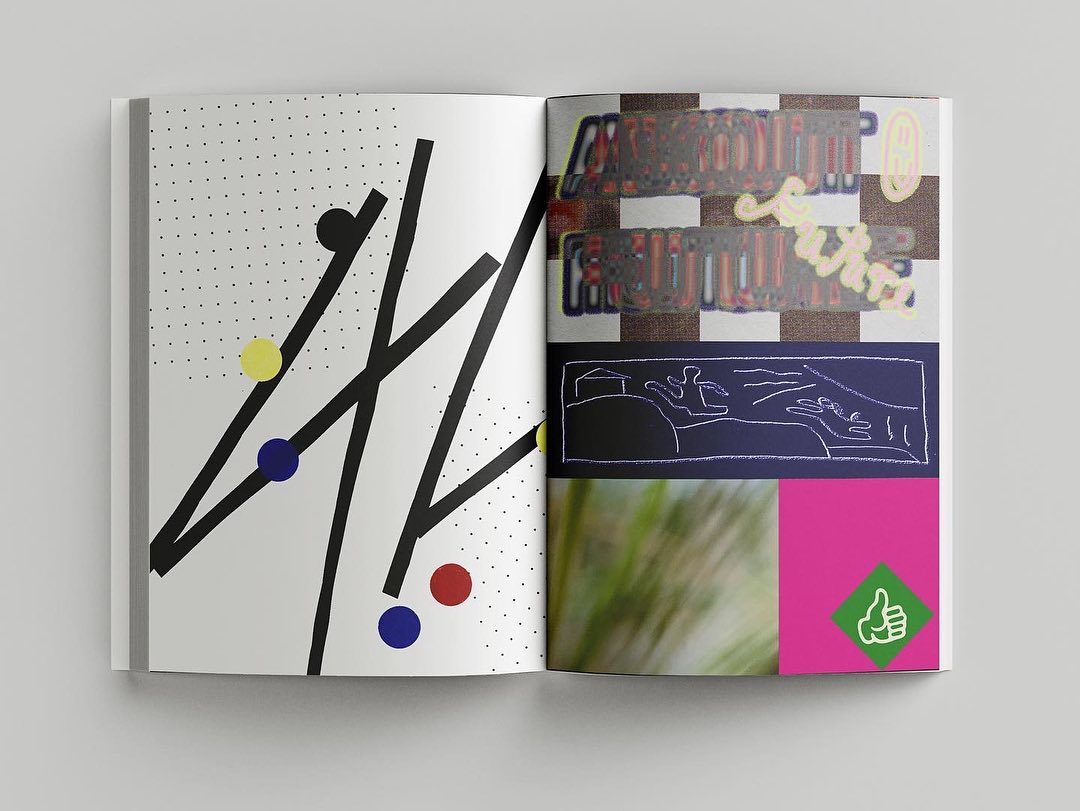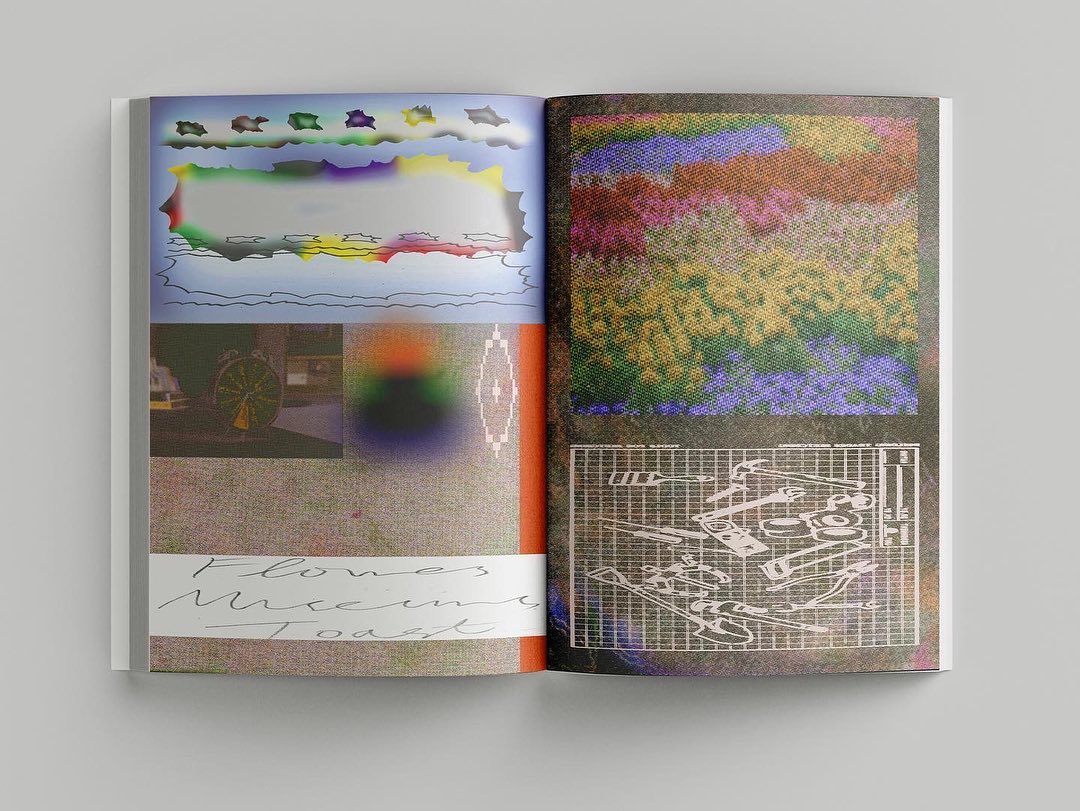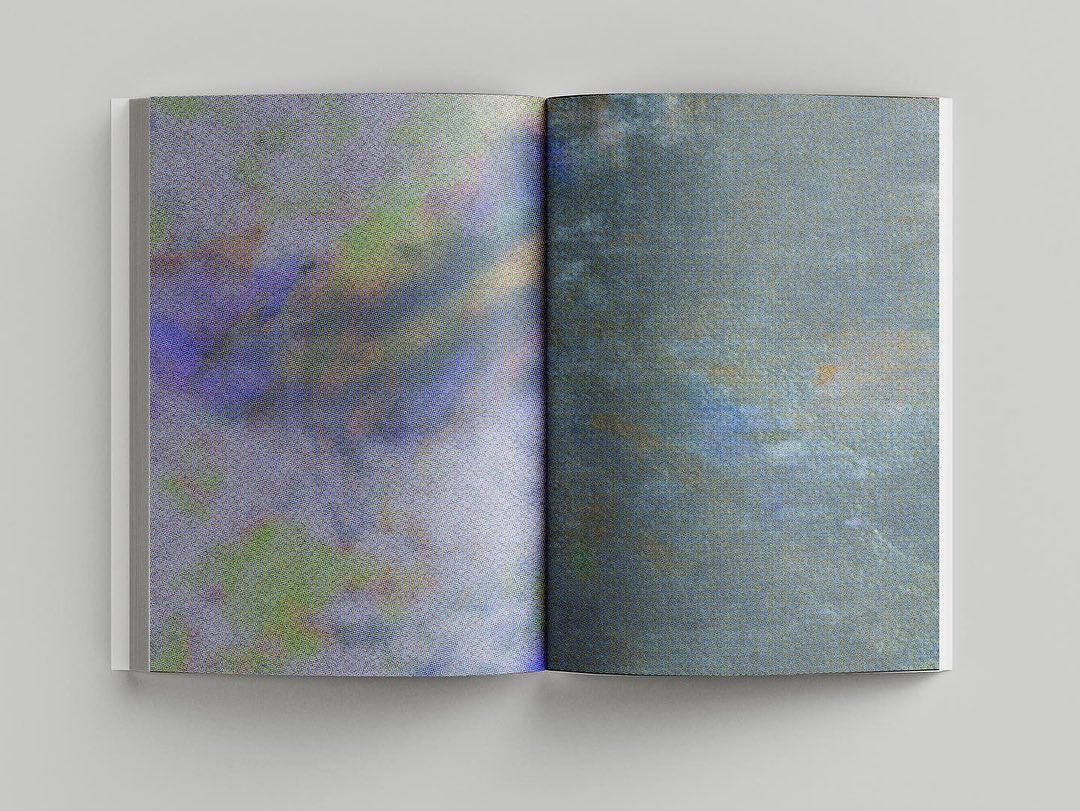Nao Lee’s Textural Transmissions: When Digital Surfaces Become Tactile
Nao’s Instagram: @undefinedtomato
In this era where posters are mostly viewed on immaterial mobile phone screens, Seoul-based graphic designer Nao Lee is obsessed with how certain textures can make viewers feel.
“Effect.app is a great tool for me to experiment with various textures,” she explains. It’s become her digital laboratory for making the intangible tactile.
The Texture Alchemist
Nao’s journey through design took her from Yonsei University to Amsterdam’s Gerrit Rietveld Academy, where she stayed for a while. Now back in Seoul, she’s focused on image and typography with textures — work that culminated in her standout book project, Sometimes walls talk.
“In this era where posters are mostly viewed on immaterial mobile phone screens, Effect.app is a great tool for me to experiment with various textures”
Nao Lee
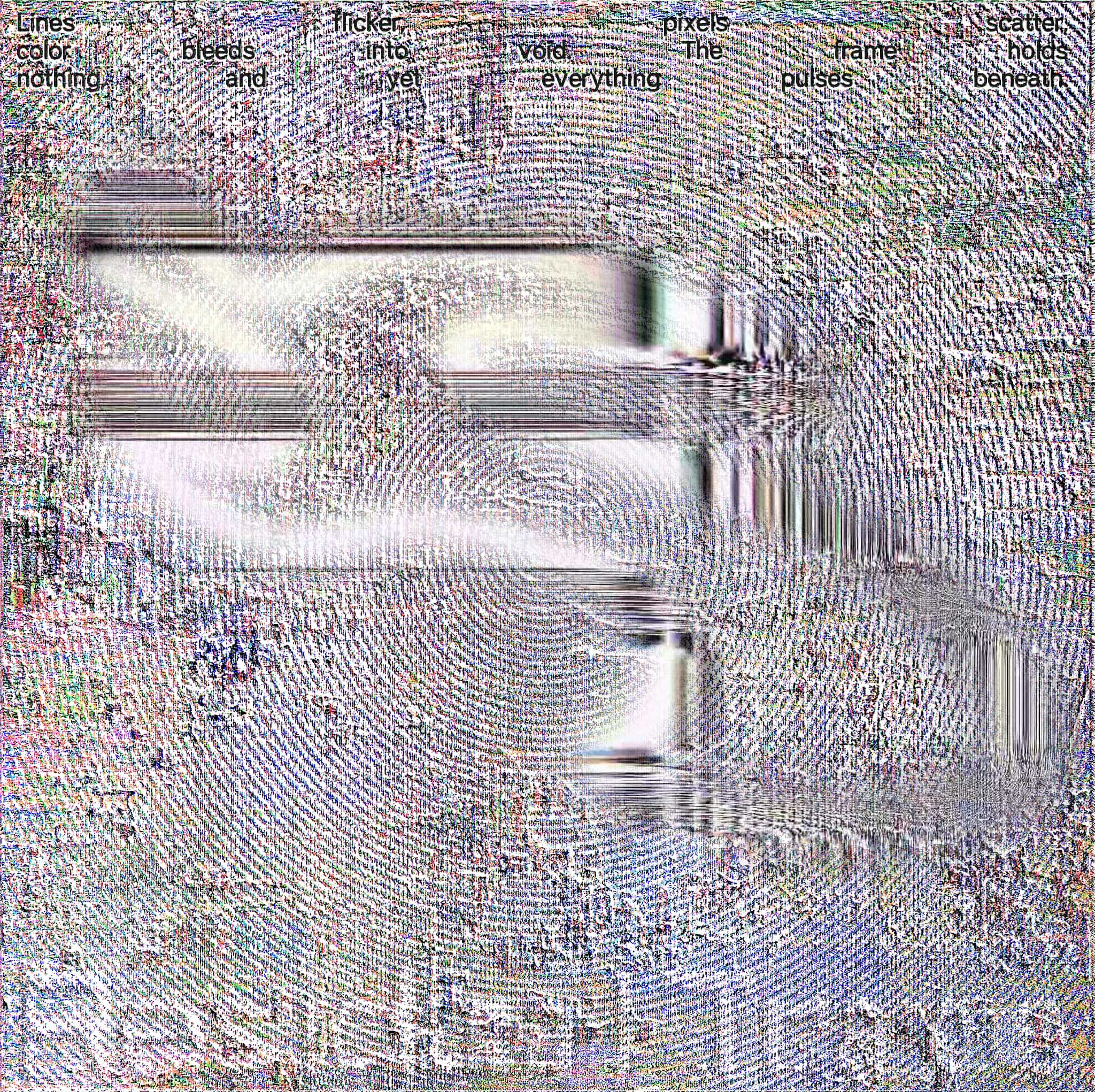
“I played with the relationship between text and noise, letting phrases flicker across a disrupted surface, like a stuttering transmission.” The juxtaposition of Stripe effect and Cubify creates a beautifully fragmented surface where meaning emerges and dissolves.

A capsule of sensory data, restrained yet chaotic. Using LED screen effects, Nao transformed the surface into what reads as textile-like texture — dense visual information that triggers an almost haptic response.
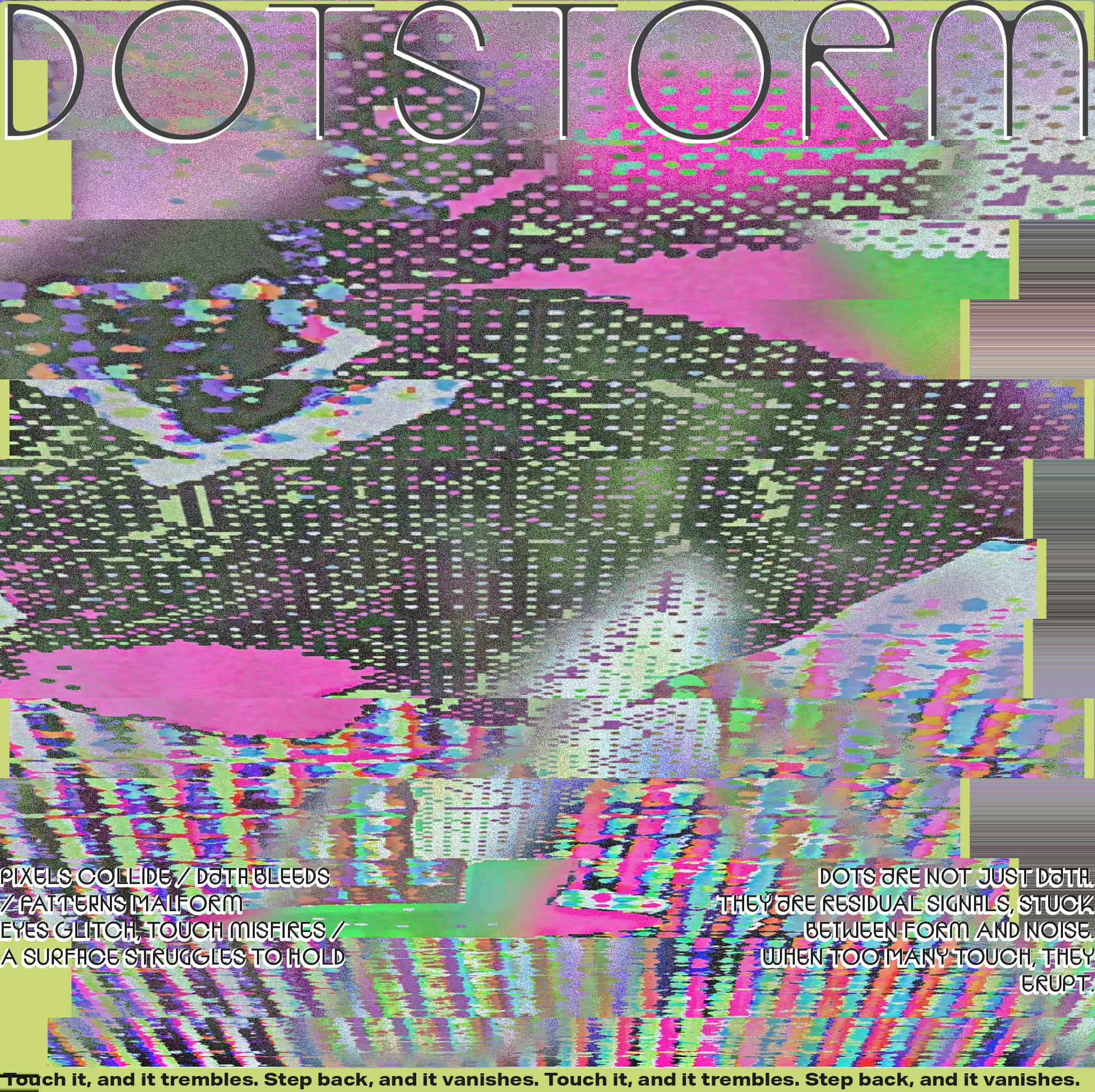
“The breakdown of dot structures unexpectedly generated rhythmic energy.” What began as simple dots became explosive through glitch effects, making the surface feel “fragile yet explosive.”
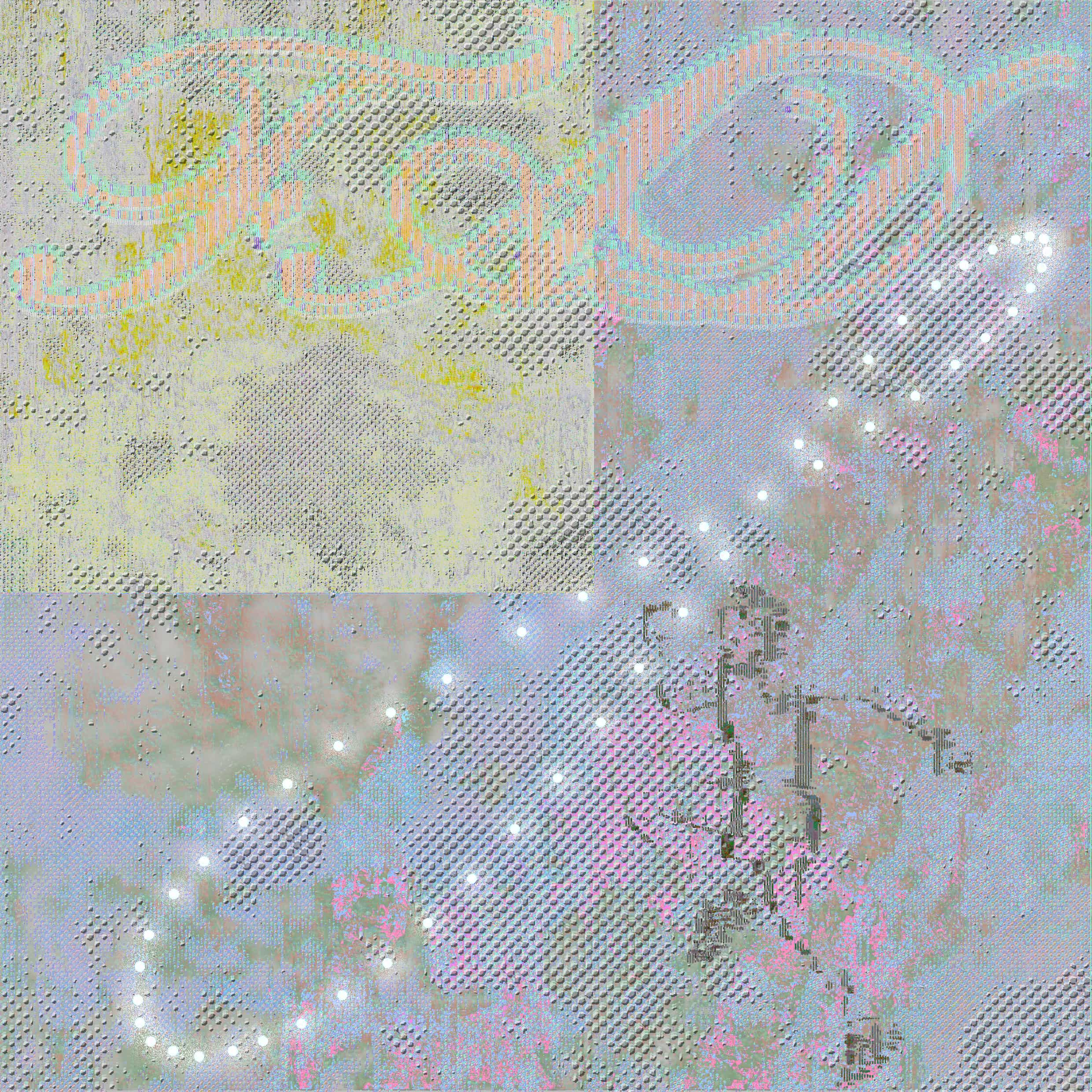
Empty from afar, densely encoded up close. “I used RGB shift and LED screen to make the title with lines. It was a great success” — creating what Nao calls a haunted screen with hidden patterns.
Process
“I reach for RGB Shift or LED Screen first,” Nao reveals. “RGB shift is perfect to make emboss texture after converting the colors with monochrome or color matrix. I usually make use of LED screen to make particles.”
After establishing a concept, she focuses on details or “juxtaposes irrelevant images so that people can feel new.”
The DOTSTORM workflow shows this in action: “I thought it was too normal and not original. So I started to experiment.” Perspective tool to highlight dots. Then glitch to add rhythm. Simple moves, complex results.
Through these experiments, Nao has carved out a unique space where digital surfaces pulse with tactile energy. In a world of smooth screens and frictionless interfaces, her work reminds us that pixels can have weight, texture, and presence — you just need the right tools to reveal them.

